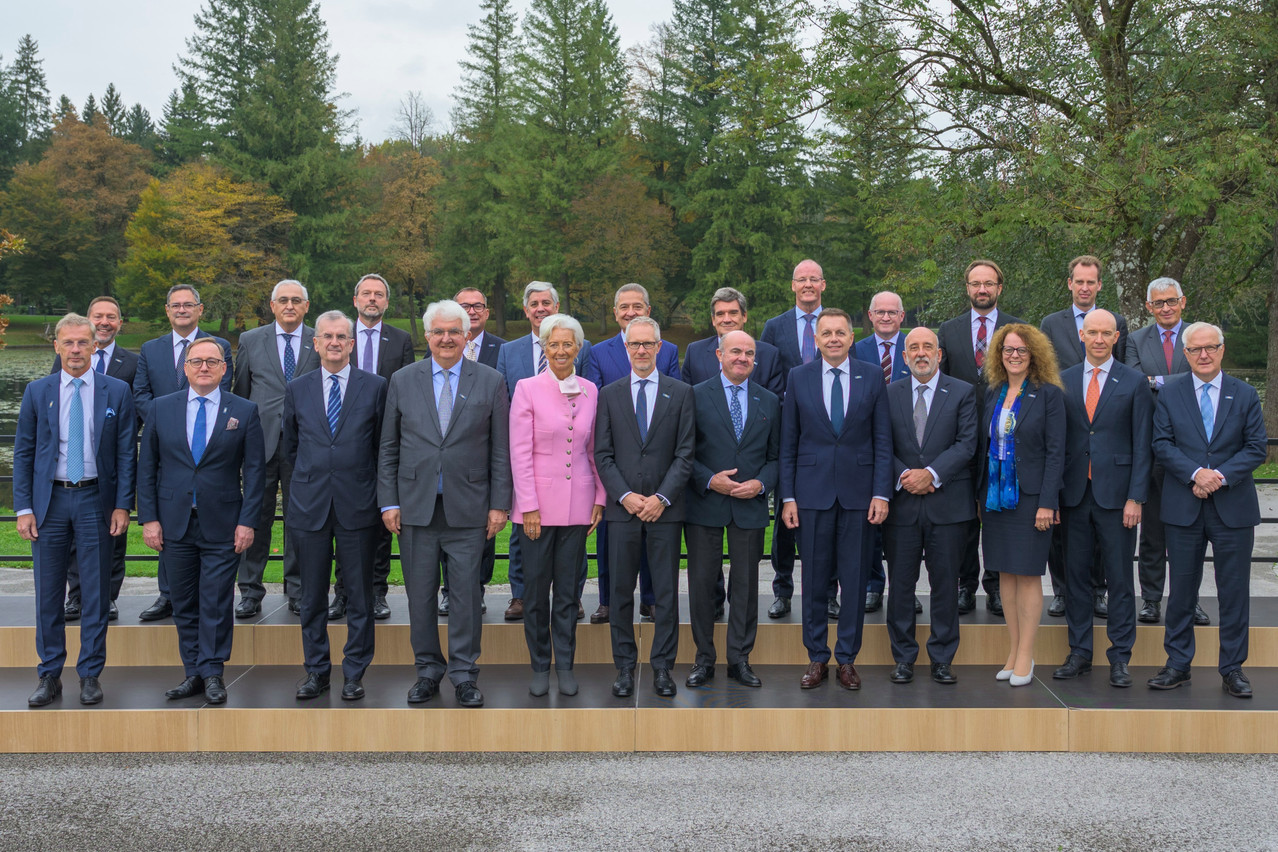The European Central Bank’s latest survey of monetary analysts, published on Monday 16 December 2024, reveals expectations for steady rate cuts and a subdued economic outlook for the euro area. Based on responses from 50 participants, the survey indicates that analysts expect the ECB to implement 25 basis point rate cuts at each of its four policy meetings until June 2025, bringing the deposit facility rate to 2.00%. These cuts would represent a cumulative 100bps reduction, adding to the 100bps of cuts made since June 2024.
This policy approach, also by ECB president Christine Lagarde during a separate event on the same day, reflects the ECB’s commitment to maintaining an accommodative stance in the near term, aiming to stimulate demand amid persistently weak growth. While further rate cuts are widely by leading economists as well, the ECB is expected to proceed with caution, closely monitoring incoming economic data to guide its decisions.
Real GDP and unemployment
Despite the ECB’s accommodative policy, the survey results painted a bleak picture for economic growth in the euro area. Analysts forecast real GDP growth to average just 0.3% annually from 2024 to 2027, indicating that the region’s recovery will remain sluggish for the foreseeable future. This subdued growth outlook suggests that the euro area will face significant challenges in returning to more robust economic conditions in the near term.
The weak growth projections were mirrored in the unemployment outlook, with the median forecast for the euro area unemployment rate expected to remain between 6.5% and 6.6%. These figures suggest that joblessness is likely to stay elevated, indicating a lack of confidence in the labour market’s near-term recovery. Moreover, businesses may be reluctant to expand operations or hire new workers given the limited growth prospects.
Economic outlook
The survey also identified considerable downside risks to both the growth and inflation outlooks for the euro area. A significant 79% of respondents expressed concerns about the growth outlook for 2025, underscoring widespread pessimism about the region’s economic prospects. In contrast, only 30% of analysts saw downside risks to the inflation outlook, suggesting a more balanced view on future inflationary pressures.
This discrepancy in perceived risks suggests that while analysts are increasingly concerned about muted economic growth, they are less worried about inflationary pressures rising sharply in the near future. The main factors driving these concerns about growth include weak domestic demand, geopolitical uncertainties and potential trade challenges, particularly under the incoming US administration led by president Donald Trump.
Conducted regularly since June 2021, the survey remains an important tool for the ECB to assess market participants’ views on key economic indicators, monetary policy and financial market conditions.
